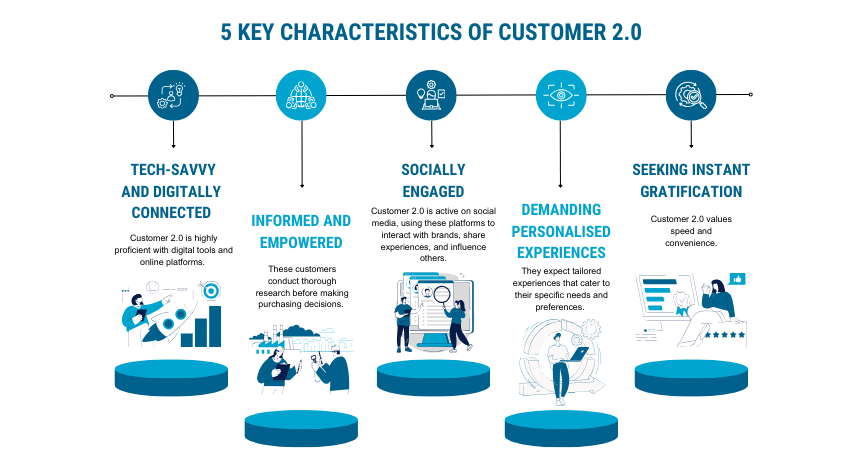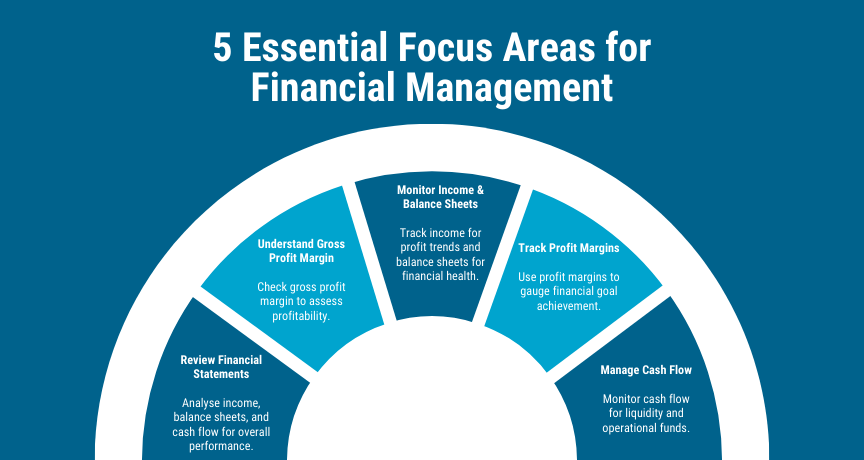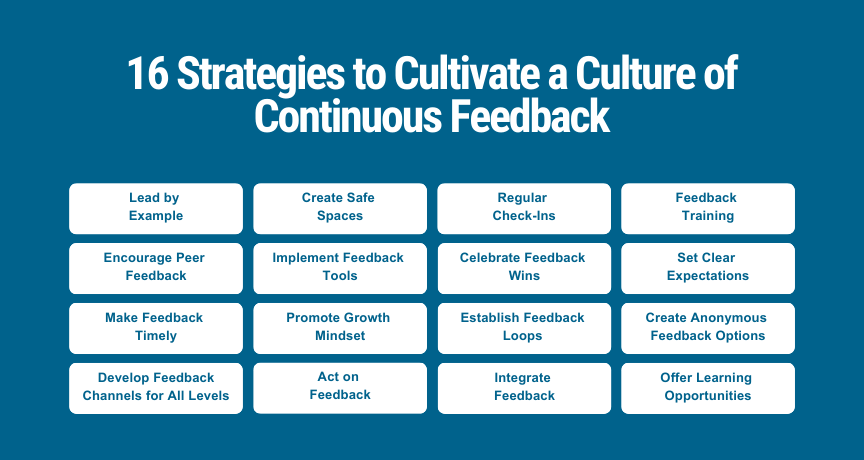Focused on business performance management? We look at the five steps to assessing your business performance by using metrics and indicators. Good business performance management can decide whether a business succeeds or fails. Aligning business goals with performance metrics is crucial for success. But how do you know how well your organisation is performing and how to improve? We outline five key steps to improving your business performance and the steps you can take to review and perfect your approach.
1. Assess your expectations and goals
Before you even attempt to improve your business performance, you need to be clear on your business goals and personal expectations. These aren’t just your typical business success-based goals which sit in your business plan. These are personal expectations and aspirations.
It is assumed that most businesses want to grow in terms of revenue and size, however this isn’t the meaning of business success for all owners. For some, happiness is a key factor – so think about how you can work out a tangible metric that you can measure.
According to a YouGov and Vend poll 49% of small business retailers love their job and wouldn’t want to change. So before you crack on be clear on what you want to achieve from your business and where you want to go in all areas.
2. Speak to your customers for feedback
Jeff Bezos’ main Amazon mantra is his focus on what his customers want and it’s not done him any harm when it’s come to business performance management.
Customer satisfaction can be a key performance indicator on where your business is heading in the future and allow you to easily identify steps for improvement. Collecting customer feedback through various means, such as sales data, complaint forms, and questionnaires, is crucial to understanding customer needs and improving products and services.

There are a variety of ways you can measure the relationships you have with your customers. This can be through surveys, reviews or simply monitoring their physical and verbal responses to your different products and services. Measuring customer loyalty and retention by collecting feedback helps identify areas for improvement in products or services.
Customers don’t just provide you reactions to your previous business activity, they can also help you to improve your future products/services and help shape your vision for the future.
3. Review the market and how you fit in
Markets have been particularly volatile in recent years. Staying in tune with how your market is doing can help be a management indicator of your own success.
If you’re having a lull in profits, it might not necessarily be down to your own personal performance, reviewing the market will help tell you if your competitors are also feeling the same pains and give you business performance metrics to benchmark against.
4. Focus on your finances
This might seem obvious, but businesses are generally about making money and a lack of this is usually a clear indicator your financial performance has taken a hit.
When you are generating more money this opens new opportunities, allowing you to recruit, grow and develop new services.

Reviewing your financial statements and how much money is going in and out of your business will help give you a picture on your business performance. Understanding your gross profit margin is crucial in assessing profitability, as it shows the amount of money made after accounting for the cost of goods sold. Focus on your income, balance and cash flow.
Your income statements will measure profitability during certain time periods, whereas your balance sheets will help show your overall business financial health based on how much you own and owe. Additionally, profit margin is a key performance indicator for tracking financial success and analyzing how well your business is achieving its objectives.
Finally, monitoring your cash flow will show you how much liquid cash is in your business and what you’ve got to play with.
5. Look internally
Even if your business is performing monetarily, it’s important not to forget your employees. Without them and their buy-in, you can have difficult issues with staff retention and long term business growth.
When your staff all start to leave, this can quickly lead to challenges with delivery and ultimately impact profit and performance.
One way to stay on top of what your employees are feeling is by conducting regular performance reviews.
This allows you to get an insight into how your employees are feeling, how effectively they’re doing their work and where they see areas for improvement that you might have missed.
Employee performance reviews can also help you see where there is too much or not enough resource in your business and allow you to re-allocate staffing to areas that really need it.
This will help improve the overall happiness of your business and its productivity.
6. Key Performance Indicators (KPIs)
Key Performance Indicators (KPIs) are more than just numbers—they serve as a crucial compass guiding your strategic direction. These metrics are essential tools to measure business performance, offering a real-time snapshot of your performance, highlighting where you excel and where adjustments are needed.
From measuring customer satisfaction to assessing financial health and operational efficiency, KPIs are your window into critical areas that impact your success. Tracking relevant business metrics is vital to monitor growth and productivity, protect against problems, lower costs, and improve mission effectiveness.
To stay on top of your game, it’s essential to regularly review these indicators. This ongoing assessment ensures that your KPIs remain relevant and effectively align with your evolving business objectives, helping you navigate challenges and seize opportunities as they arise.
7. Implement a Reporting System
To truly understand how your business is performing, you need more than just raw data—you need a robust reporting system that brings that data to life.
Including sales data in your reporting system helps you understand customer needs and improve performance.
Develop a reporting framework that not only consolidates various data points but also tracks trends and visualises outcomes.

Such a system transforms complex information into clear insights, enabling you to make well-informed decisions grounded in reliable data. Through a thorough analysis of your performance, you can identify areas of success, tackle any shortcomings, and obtain a comprehensive understanding of your business’s overall progress. With this clarity, you can navigate your business with confidence and precision.
Creating a work environment that thrives on continuous feedback can be a game-changer for your business.
Imagine a workplace where open, honest communication is the norm and everyone—from employees to managers—is actively engaged in sharing constructive insights. Continuous feedback can be a very valuable management tool for improving employee performance.
Establishing effective channels for this kind of ongoing dialogue is crucial for fostering a culture of improvement.
Promoting regular, productive communication between team members and managers, along with encouraging peer-to-peer evaluations, can significantly enhance your feedback process.
This culture not only addresses issues promptly but also drives personal development and boosts overall team performance.
9. People Analytics
Implementing people analytics allows you to change the way you manage staff. Imagine having a complete picture of your team’s strengths, weaknesses, and overall dynamics right at your fingertips. This data-driven method provides vital insights that transcend intuition and guesswork.
People analytics helps you acquire a better knowledge of your team’s performance and engagement levels. This insight allows you to make more educated decisions about hiring, training, and staff development.
Additionally, people analytics can be a very valuable management tool for making informed decisions about staff development by using financial metrics such as sales per employee, contribution per employee, and profit per employee to quantitatively measure and assess employee performance.
Finally, it promotes a more engaged, productive staff, which supports overall organisational success.
10. Compare to Industry Standards
To get a clear perspective on your business’s standing, benchmarking against industry standards and competitors is essential for understanding the performance of a business.
Think of it as taking a competitive pulse check—by comparing your performance with others in your field, you uncover where you shine and where there’s room for growth.
Analysing how your metrics measure up to industry standards not only highlights your strengths but also reveals areas ripe for improvement.
This comparative approach is crucial for staying ahead in a competitive landscape and ensuring that your business continually evolves and thrives.
Interested in reviewing your own business performance?
Getting outside help, can often give you a different perspective on your business. Find out how our Help To Grow Management Course can empower you to learn more efficient ways to improve and develop your business performance in just 12-weeks.






